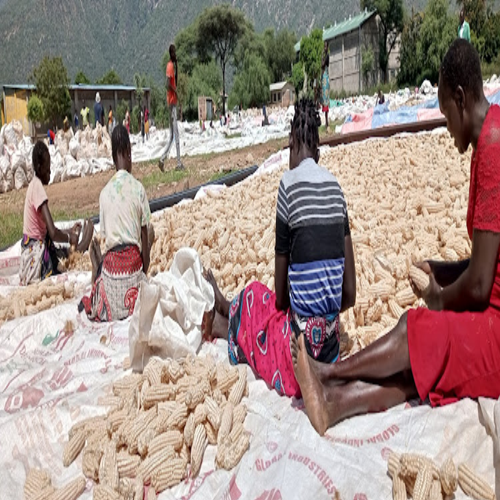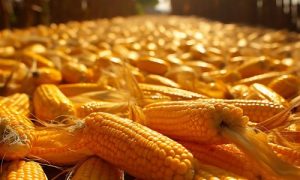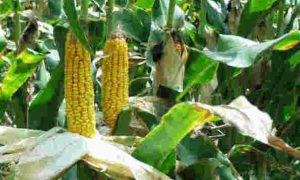West Bengal farmers shift from wheat to lucrative banana, lentils and maize cultivation

West Bengal is witnessing a significant shift in crop patterns. Farmers are increasingly abandoning wheat cultivation in favour of more profitable alternatives. In Murshidabad and Nadia districts, bordering Bangladesh, farmers are cultivating banana, lentils and maize in place of wheat.
“I own 3.7 hectares of farmland, and some 0.75 hectare of the land is located between Bangladesh and India border. Traditionally, my family grew wheat but it is not as economically feasible for us any more,” said Montu Mondal, a farmer from Sarkarpura village. Mondal has replaced about 80 per cent of his wheat with banana plantations.
One of the major reasons behind the massive shift is a fungal disease that affects the crop, also called wheat blast. The disease was detected in Bangladesh in 2016 and the state government instituted a two-year ban on wheat cultivation in border areas and the two districts in an attempt to ‘starve’ the pathogen. The ban extended till 2022 in the region.
Mondal stated the only reason he has not completely replaced wheat with bananas is that the Border Security Force does not allow tall trees to grow in border areas. “Wheat consumes water and its market price has not risen. The government monitors food grain prices because it is part of the Public Distribution System,” he added.
Extreme weather events like hailstorms and unseasonal rains exacerbate the damage to wheat crop yield as well, Mondal rued.
Rintu Mondal, another village farmer, stated bananas are more profitable, particularly during the festive season. “We may earn Rs 350-400 per cluster during peak season, but on average, we can earn Rs 150-200,” he said.
Banana is also a gamble as it may get damaged during floods or heavy rains, Rintu acknowledged. “But for now, it seems to be a better alternative to wheat,” he said.
In 2016, wheat blast-like symptoms were observed on the crops of Baidul Islam from Majhardiar village in Raninagar Gram Panchayat, Murshidabad district. “Cases like my crops prompted the government ban on growing wheat. I had to burn down my entire crop,” he said.
Baidul has been growing jute, lentils and other vegetable crops instead of wheat since then. He also complained the water table in his region is rapidly declining, likely due to wheat farming.
But the ban on growing wheat impacted farmers massively, said Baidul. “Farmers are concerned that the disease will return and cause massive losses. Some farmers in the village have also chosen to grow paddy, which is new to the region,” he said.
Maize is quickly replacing wheat in the area. According to state government statistics, maize production has increased eightfold, from 325,000 tonnes in 2011 to 2.9 million tonnes in 2023.
Over the last five years, the average area of maize cultivation has increased from 264,000 hectares to 400,000 hectares.
An agriculture officer from Kolkata, West Bengal on condition of anonymity, said wheat fetches growers around Rs 3,200-3,800 per quintal, while maize earns them about Rs 1,800. “However, the per-hectare output is higher compared to wheat, and hence the crops becomes more profitable,” he said.
Poultry and food processing companies also purchase maize, helping farmers command premium prices, the officer added. Farmers see maize as a new cash crop, replacing wheat and other crops.
The statistics further showed that pulses production has increased three times from 142,000 tonnes to 440,000 tonnes in the past decade. Oilseeds production has almost doubled from 700,000 tonnes to 1.3 million tonnes.
The agriculture officer stated that the prohibition on wheat cultivation prompted the experimentation with alternative crops. In recent years, the state government has also promoted new hybrid maize and pulse varieties, resulting in an increase in crop cultivation.
“Wheat was never much of a profit-making crop. But it persisted because farmers grew it traditionally,” the office said.
However, the change in cropping patterns is not likely to impact national wheat security. The official said the state contributes less than a per cent of the total wheat production in the country.
“It will not make much of a difference on overall wheat produce, but may help farmers in the state get better returns from other crops,” he added.















